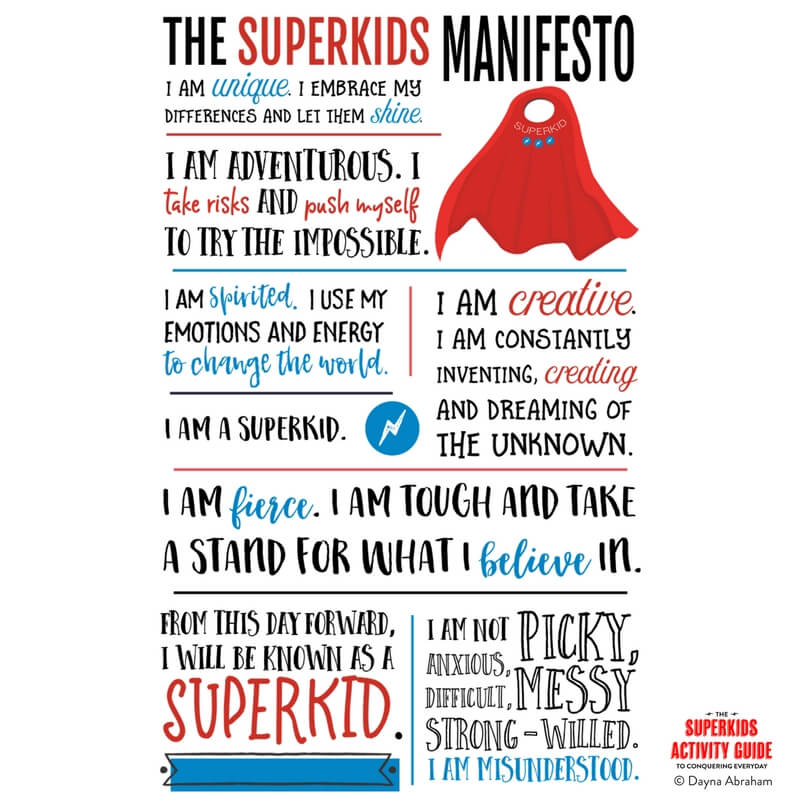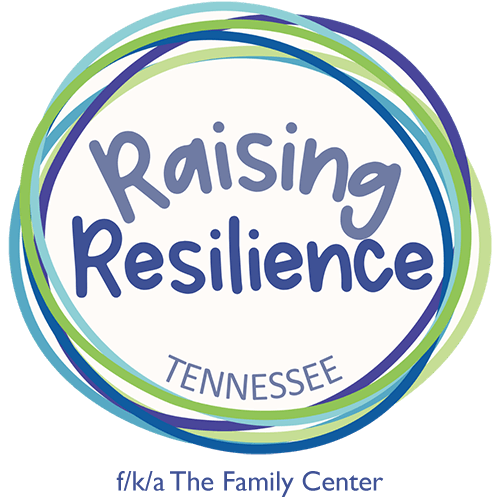If your child struggles with anxiety, you know the challenge of finding the right things to say when he or she is worried. It’s not easy to connect without making the fears worse, while at the same time offering support and encouragement.
Are you curious how you can help calm an anxious child?
Today, my good friend and parent coach, Nicole from Imperfect Families, is here to give some amazing tips on how to respond to your anxious child.
Rather than telling your child “You’ll be fine,” or “Don’t worry about it,” try one of these phrases the next time your child is feeling worried:
What to Say to Help an Anxious Child Calm Down
- “I am here; you are safe.” Anxiety has a way of making things look worse and feel scarier than when we are not feeling worried. These words can offer comfort and safety when your child is feeling out of control, especially if they are at the height of their worry. If you’re not sure what to say, this is an excellent go-to phrase!
- “Tell me about it.” Give your child room to talk about their fears without interrupting. Some children need to have time to process through their thoughts. Do not offer solutions or try to fix it. Children sometimes do better with a set amount of time: “Let’s talk about your worries for 10 minutes.”
- “How big is your worry?” Help your child verbalize the size of their worry and give you an accurate picture of how it feels to them. They can represent their worry by using arm length (hands close together or arms stretched wide apart) or by drawing three circles on a paper (small, medium and large) and choosing the one that applies.
- “What do you want to tell your worry?” Explain to your child that worry is like an annoying “worry bug” that hangs around telling them to be worried. Create a few phrases, then give them permission to talk back to this “worry bug.” They can even be bossy: “Go away!” or “I don’t have to listen to you!” Use silly voices, and try it loud and quiet.
- “Can you draw it?” Many kids cannot express their emotions with words. Encourage them to draw, paint or create their worries on paper. When they are finished, make observations, and give them a chance to explain the significance: “That’s a lot of blue!”
- “Let’s change the ending.” Anxious children often feel stuck in the same pattern without a way out. Help them see different options by telling their story, but leaving off the ending. Then, create a few new endings. Some can be silly, but at least one should be realistic for your child. Focus on your child conquering their fears with confidence!
- “What other things do you know about (fill in the blank)?” Some children feel empowered when they have more information about their fear (especially things like tornadoes, bees, elevators, etc.). Grab a book from the library, do a science experiment, research together online: How often does your fear happen? How do people stay safe?
- “Which calming strategy do you want to use?” Work proactively to create a long list of calming strategies your child enjoys. Practice them during the day, at random times when your child feels calm. When your child feels a worry sneaking into their thoughts, encourage them to pick something from the list.
- “I’m going to take a deep breath.” Sometimes our children are so worried that they resist our encouragement to pick a calming strategy. In this case, use yourself as the calming skill! Verbalize what you are doing and how it makes you feel. Some people hold their children close so they can feel the rise and fall of their chest as they breathe.
- “It’s scary AND…” Acknowledge your child’s fear without making it even more frightening by using the word “AND.” After the word “and” you can add phrases like, “You are safe.” or “You’ve conquered this fear before.” or “You have a plan.” This models an internal dialogue your child can use next time they are feeling worried.
- “I can’t wait to hear about…” It’s hard to see our kids suffer with worry. Many parents rush in to rescue their child from an anxiety-producing situation. Encourage your child that they will survive this difficult feeling by bringing up a topic to talk about when you’re together later — what they did at recess, who they sat by at lunch, etc.
- “What do you need from me?” Instead of assuming that you know what your child needs, give them an opportunity to tell you what would help. Older kids may be able to verbalize if they need you to listen, give a hug, or help them find a solution. If you can’t do it, give them their wish in fantasy: “I wish grown ups could go to kindergarten too!”
- “This feeling will pass.” This may be a phrase you can both use when your child is at the height of panic. All feelings pass eventually. It often feels like they will never end, you won’t make it through, or it’s too hard. And that’s OK. Don’t let your brain get stuck in that moment; focus on the relief that is on the horizon.
Anxiety and worry look different for every child. Not every one of these strategies will work for your kids. You are the expert on your child. If you try something and it makes their worries worse, don’t panic. Just pick something else from the list to try next time. Eventually, you will find a few phrases that are effective for sending a calm, encouraging and empowering message to your child.
When My Worries Get too Big is a great addition to add to any library if you have a child who worries or is anxious. Engaging and easy to read, this illustrated children s book is filled with opportunities for children to participate in developing their own self-calming strategies. Children who use the simple strategies in this charming book, illustrated by the author, will find themselves relaxed and ready to focus on work or play!
The Superkids Activity Guide to Conquering Every Day is chocked full of empowering tools and strategies to beat the worries and fear. A first of its kind, the book is written to the child and gives them the science and language behind why they do what they do, while giving them tools to fill their toolbox to conquer each and every day.
Changing Your Anxious Child’s Inner Thoughts…
The truth is…
Kids are constantly being told they aren’t good enough, not smart enough, not calm enough, just plain and simple…
not enough.
What would happen if instead of telling kids they are not enough, we changed the way we saw our children and we changed their inner language?
My new book, The Superkids Activity Guide, is aimed to empower ALL kids to speak up, share their superpowers and learn why they do the things they do so they can advocate for themselves!!
The book has a manifesto that I stand behind 100%. I believe all children should believe these things about themselves and often wish I had believed these things to be true as a child myself.

This is a small excerpt:
“Go ahead and say it, so you believe it: “I am a SUPERKID.”
There, didn’t that feel good? Go ahead and say it one more time, just to make sure it sinks in: “I am a SUPERKID.”
Before you start to think of all the reasons you can’t possibly be a superkid, I want to stop you. You see, even the most famous rock stars have doubt and don’t believe in themselves every day. This doesn’t mean they are any less super. And even superheroes have struggles and pitfalls. That doesn’t make them any less super, either. The truth is, despite your struggles, your mistakes, or your bad days…YOU ARE A SUPERKID. The Superkids Manifesto is yours. I want you to own it.
You are unique.
You are adventurous.
You are spirited.
You are creative.
You are fierce.
You are a SUPERKID.
You are going to conquer the world and I am going to help you every step of the way… ”
In order to make this movement touch every corner of the globe, we need YOU!!!
CLICK HERE TO READ THE ORIGINAL ARTICLE ON LEMON LIME ADVENTURES



